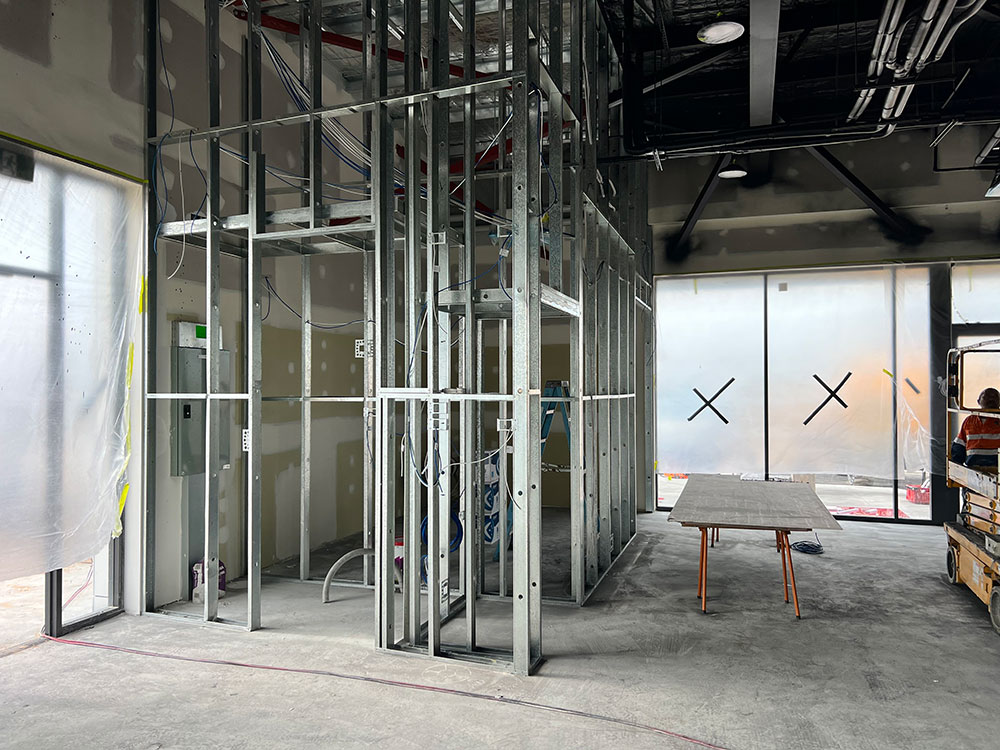Within today's fierce retail landscape, developing a compelling and effective shopping environment is essential for success. Innovative retail fit-out ideas play a pivotal role in converting ordinary environments into extraordinary experiences that not only entice clients but also ensure them loyal. A carefully planned fit-out improves brand identity, promotes customer engagement, and finally drives sales. As retailers face changing consumer expectations, recognizing what a retail fit-out is and the reasons it is important has never been more important for business growth.
Beginning with conceptual design to ultimate implementation, the retail fit-out process can look daunting. However, with the right insights and strategies, businesses can maneuver this journey effectively. This article will explore various aspects of retail fit-outs, including the latest trends, sustainable practices, and creative design tips. Whether you are looking to renovate an existing store or create a new space from scratch, optimizing the impact of your retail fit-out can convert your vision into reality, ensuring that your business not only endures but prospers in the ever-changing market.
Comprehending Retail Fit-Out: Importance and Overview
A retail fit-out is the procedure of planning and developing the interior of a retail space to create an inviting setting that attracts customers. It involves everything from the configuration and equipment to the lighting and signage, all customized to provide a engaging shopping experience. Retail Fit Out Somerset of a successfully implemented retail fit-out cannot be overstated, as it determines the ambiance for a brand and straightforwardly affects customer understanding and choices.
In today's market, a strategically planned retail fit-out can be a key factor. It improves customer interaction by ensuring that the store is both functional and pleasant. The floor plan should promote a hassle-free shopping experience, while factors like hues, textures, and illumination create an atmosphere that resonates with the brand image. This intentional approach not only enhances sales but also cultivates customer commitment by providing an pleasant shopping environment.
Moreover, an effective retail fit-out can be essential in reflecting current patterns and fulfilling consumer needs. As shopping patterns change, retailers must adapt their spaces to embrace new tech advancements and sustainable practices. By keeping up with these changes, businesses can attract and retain customers while making sure their physical space is consistent with their overall brand vision and market demands.
Designing for Success: Key Tactics and Developments
Building an inviting retail space starts with understanding your target audience and their consumer behavior. This understanding allows you to design a layout that facilitates customer involvement and improves the buying experience. Utilizing elements like open spaces, engaging showcases, and strategically placed checkouts can motivate customers to discover more. Additionally, incorporating areas for customer participation, such as exhibit areas or seating areas, aids to create a friendly environment.
As we look towards 2025, there are several developing movements in retail fit-out design that businesses should think about. Sustainable methods are gaining increasingly trendy, with brands opting for green materials and energy-efficient lighting options. In addition, the incorporation of technology, such as AR and smart mirrors, is transforming the customer interaction. These innovations merely draw sustainability-minded consumers but in addition place brands as progressive and cutting-edge.
Color and texture choices take a significant role in defining the tone of your retail fit-out. Picking colors that resonate with your brand identity and connect with your target market can greatly influence customer emotions and spending decisions. Using internet blended with modern aesthetics can establish a inviting and inviting atmosphere that improves consumer engagement. Remaining aware of these design methods and patterns will make certain your retail space stands out in a cutthroat market.
Budgeting and Funding Your Retail Fit-Out
When preparing your retail fit-out, establishing a clear financial plan is essential. Begin by evaluating your overall financial situation and figuring out how much you can budget for the fit-out without jeopardizing other areas of your business. Take into account all factors, including design, materials, labor, and permits. Creating a thorough list of expected costs can help you stay on track while also spotting potential areas for cost-cutting.
Financing options can differ significantly depending on your business size and needs. For smaller businesses, options like microloans, lines of credit, or even scholarships may be available. Larger businesses might consider using funds from retained earnings or seeking venture capital. Regardless of the approach, it is important to assess loan terms and repayment terms to ensure that your chosen financing method aligns with your cash flow and business objectives.

Finally, always be cautious of unexpected expenses that can occur during the fit-out process. Unexpected expenses can happen due to changes in plan, surprise fixes, or extended timelines. It is wise to set aside a reserve—typically around ten to fifteen percent of your overall budget—to cover any surprises that may pop up. By being forward-thinking in your budgeting and financing efforts, you can effectively manage your retail fit-out and create a environment that enhances your business without causing financial strain.
